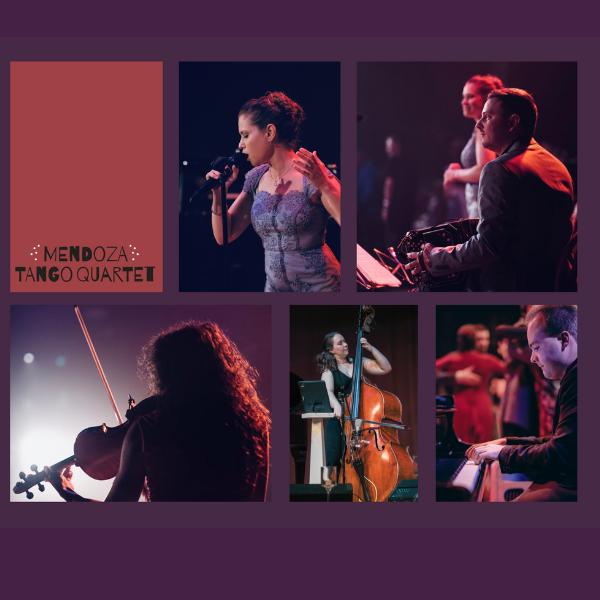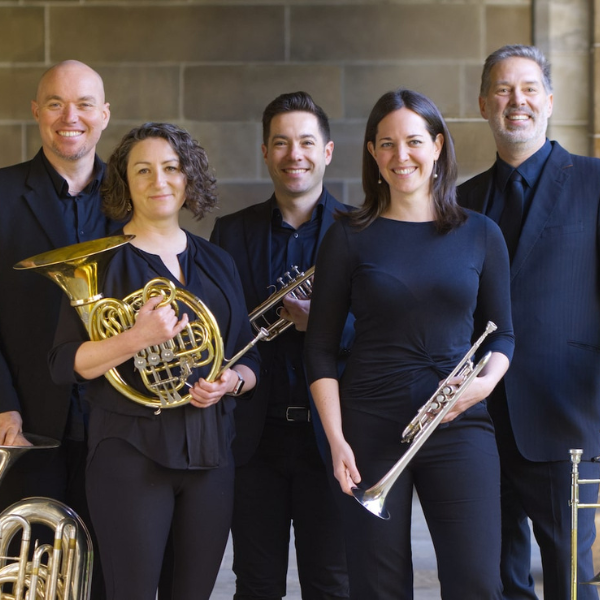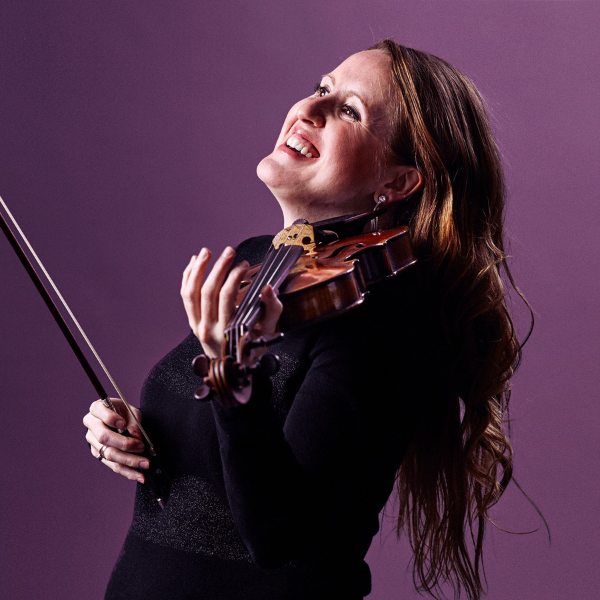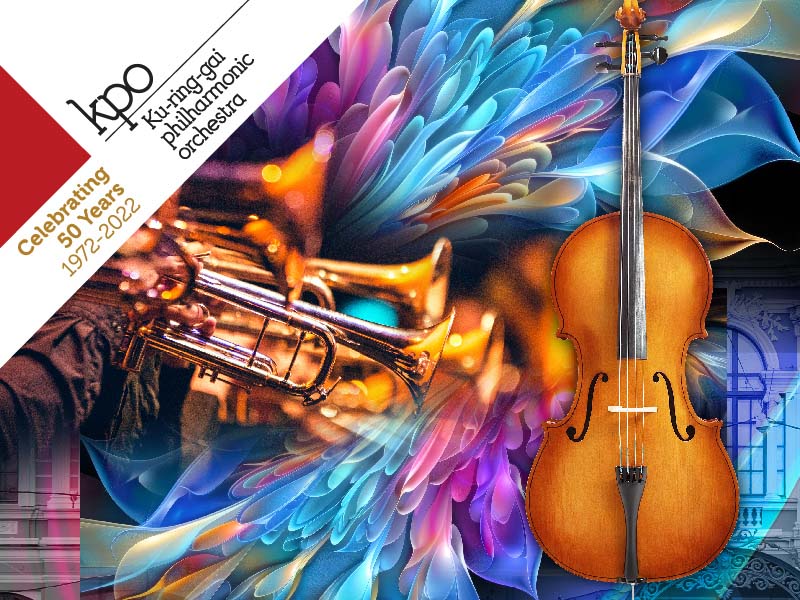Bach Akademie Australia | Obbligato Sonatas
Holy Name Church Wahroonga, June 20, 2021

Sonata No.1 in B minor BWV 1014 started with the harpsichord, played by Professor of Historical Performance at Sydney University, Neal Peres da Costa, and viola da gamba, played by Anton Baba, soon joined by Easton, for a sedate melancholic Largo. The second movement Adagio featured a crisp melody line played by the violin, supported by a lively continuo of harpsichord and viola da gamba, while the third movement Andante highlighted the harpsichord. The final energetic Allegro movement, with complex interplay between the violin and harpsichord, brought the work to a satisfying close.
Sonata No.2 in A major BWV 1015 began with a lyrical first movement Andante followed by a fast and furious second movement Allegro featuring rapid circular bowing by Easton. The key of A reflected serenity and beauty, particularly in the third movement that featured only violin and harpsichord. The sonorities offered by more open strings in this key were certainly evident in the “cheery” joyful exuberance of the final Presto movement.
Sonata No.3 in E major BWV 1016 commenced with an Adagio, featuring an imperious violin melody, followed by the second movement Allegro, a tutti fugue like the final fast movement. These 2 fast movements really highlighted the complex 3-part writing of Bach. Easton showcased many virtuosic techniques on her 1682 Giovanni Grancino violin, made all the more difficult with gut strings.
A most welcome break for tea or wine at Interval was enjoyed by all.
Newcomers had time to marvel at the large double brick church, with its wonderful acoustics, built during the post-war period.
Sonata No.5 in F minor BWV 1018 reflected lamentations, deep misery, and distress through its key. In the first movement Largo, the many long notes of the violin evoked emotion and sadness. The second movement was a concert Allegro while the final Vivace movement was a tutti fugue reflecting the triumph of life over death.
Sonata No.6 in G major BWV 1019 started with a dance-like first movement Allegro. Easton explained that the key of G was associated with the culmination of everything good, of calm and idyll, befitting the last of Bach’s 6 Obbligato Sonatas. The inner 3 movements of this 5 movement Sonata were in its relative minor, E minor. The third movement Allegro consisted of a harpsichord solo, superbly played by Peres da Costa on his own impressive two-manual instrument. The violin solo at the start of the final movement Allegro led to a triumphant ending featuring all 3 instruments.
After such a polished performance, future concerts given by the Bach Akademie Australia, are recommended for fans of informed performance practice and JS Bach.
(Photos courtesy Melbourne Digital Concert Hall)



















































